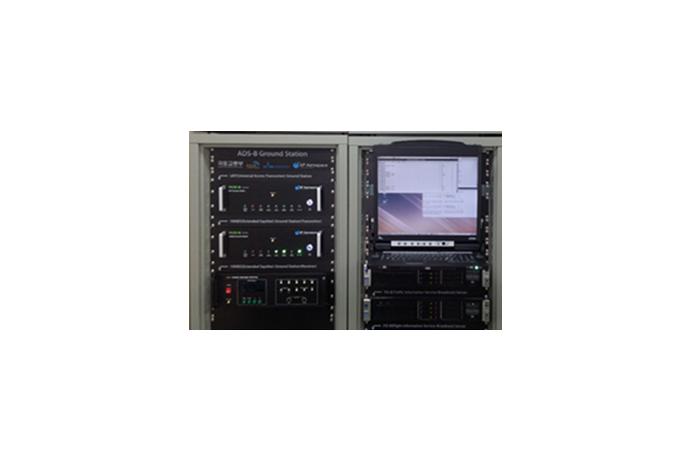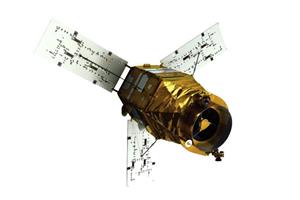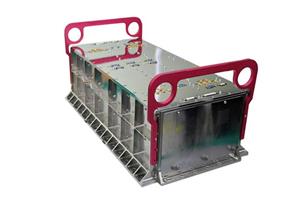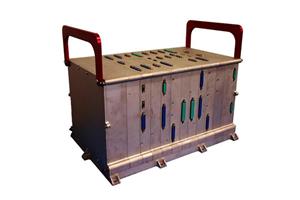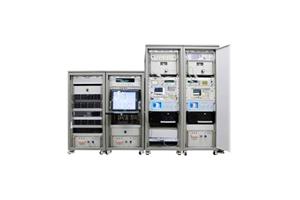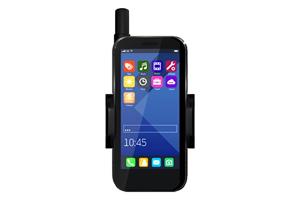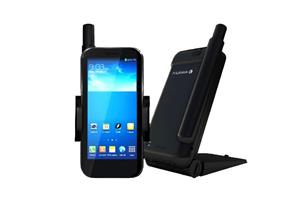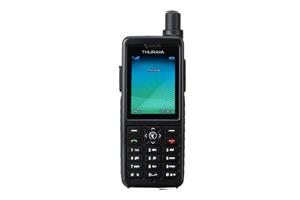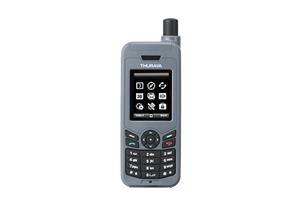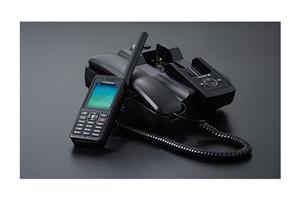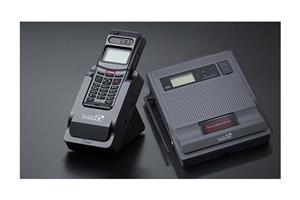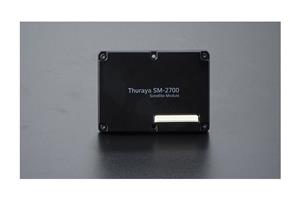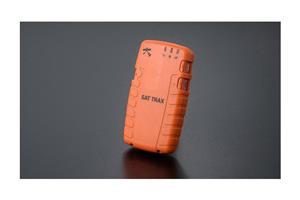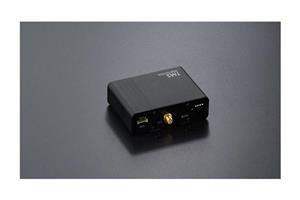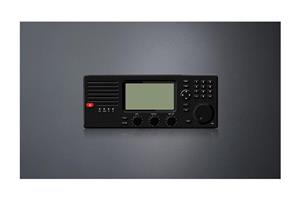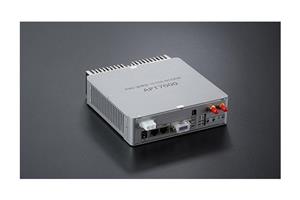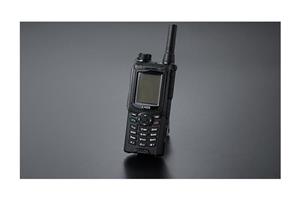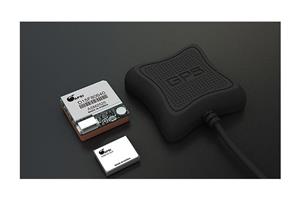ADS-B (Automatic Dependent Surveillance-Broadcasting) is a surveillance technology which collects data of aircraft call sign, position, altitude and speed from an aircraft navigation system and broadcasts the data through a data link. It was proposed as a Mode S-based 1090ES (Extended Squitter) and UAT (Universal Access Transceiver) from ICAO through ADS-B data link and 1090ES serves as a surveillance system for transportation aircrafts while UAT is selected for standard aircraft flying under 18,000 ft for multi-broadcasting.
(1) UAT System Overview
UAT (Universal Access Transceiver) was developed later than other ADS-B data link technologies and designed to support data broadcasting ADS-B and surface-to-air. UAT supports ground-based data broadcasting application as it is optimized for improving its surveillance and situational awareness. UAT uses the 978MHz UHF frequency band and is operated as a single channel broadband data link with a data rate of approx. 1Mbps/sec. Its media access splits 1-second frame into 2 segments and supports multi-access. The first half of an individual frame is assigned to a ground-based broadcasting service (TIS-B, FIS-B) and the second half is allocated for ADS-B.
Automatic Defendant Surveillance-Broadcasting (ADS-B)is a cutting-edge aircraft position surveillance system which informs pilots and traffic controllers of aircraft's call sign, position, speed and altitude providing an excellent work environment.
Traffic Information Service-Broadcasting (TIS-B) is a ground-based service designed to provide aircraft with an ADS-B with the surveillance data of aircraft without ADS-B.
Flight Information Service-Broadcasting (FIS-B)is a non-controlled surface-to-air broadcasting system which provides pilots with alert (warning) data for safer and more efficient operation in both national and international airspace. FIS provides meteorological data (METAR: Aviation Routine Weather Report, TAF: Aerodrome Forecast), special airspace data, flight limitation notice and other data.
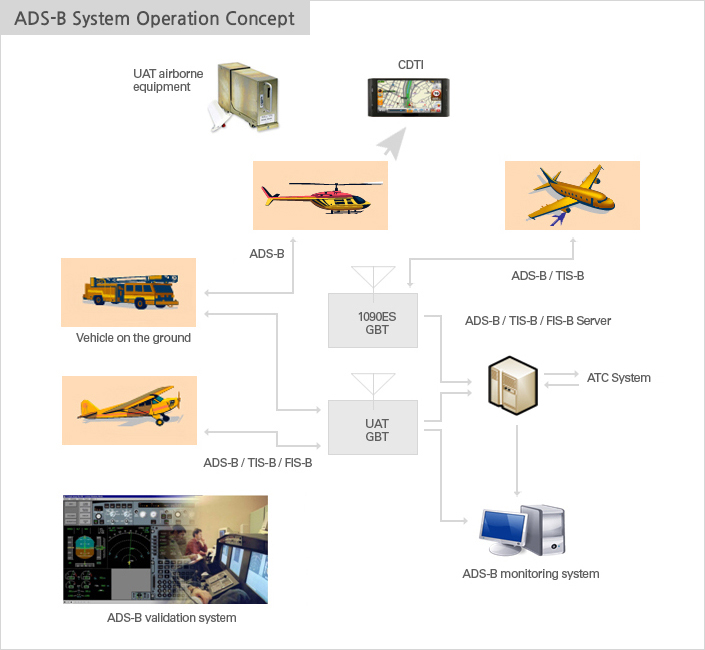
[ADS-B Data Link Comparison (UAT vs. 1090ES)]
| Item | UAT(Universal Access Transceiver) | 1090ES(Extended Squitter) |
| Type | Aviation Information Communication System | Air Navigation Safety Wireless Communication System |
|---|---|---|
|
Apply Data Link |
Standard aircraft (US) | Transportation aircraft (world) |
International Technical Standards |
ICAO Annex 10. Vol.3 ICAO Doc 9861 RTCA DO-282B |
ICAO Annex 10. Vol.4 RTCA DO-260B EUROCAE ED-129 |
| Background | Developed by MITRE (US) as a base technology to overcome the limitation of 1090MHz (97-98) | Defined based on the technology panel for improving the secondary surveillance radar and collision prevention system (established as a standard in 2000) |
| Used for FAA Alaska Capstone Program since 2000 | ||
| Service | ADS-B / TIS-B / FIS-B | ADS-B |
| Frequency | 978 MHz | 1090 MHz |
| Multiple access | Random access | Random access |
| Data transfer rate | 1.04 Mbps | 1 Mbps |
| Bandwidth | 1.3 MHz | 11 MHz |
Advantages |
- Two-way service support - Long distance traveling range (reception sensitivity: -94dBm) - Error correction (R-S Code) - Resistance to fading (intensity and phase of reception radio waves vary) |
- Better CRC performance than Mode A/C - Use of the existing Mode S(ES) transponder - Reception sensitivity (-88dBm) |
| Disadvantages | - Require new mounting devices - Require localized frequency |
-No two-way service support -Broad bandwidth -Limited potential for growth -Excessive FRUIT |
(2) UAT System Components
UAT ground stations receive ADS-B signals sent by UAT-mounted equipment on a regular basis and this message contains the current position, altitude, speed vector and call sign. Then, the ground stations decode the data and convert to ASTERIX format before sending it to the ADS-Bserver through network for aviation surveillance
The ADS-B server merges, filters and converts the ADS-B data received from the UAT ground equipment to generate the surveillance data and sends it to an ADS-B monitoring system for monitoring aviation situation and status.
The TIS-B server stores the surveillance data received from the ADS-B server and ATM and converts it to ASTERIX CAT062 format before sending it to an ADS-B monitoring system and UAT ground station
The FIS-B server stores the data received from the FIS-B Provider and converts it to the application protocol data format (i.e. FIS-B Product) to send to an ADS-B monitoring system and UAT ground station.

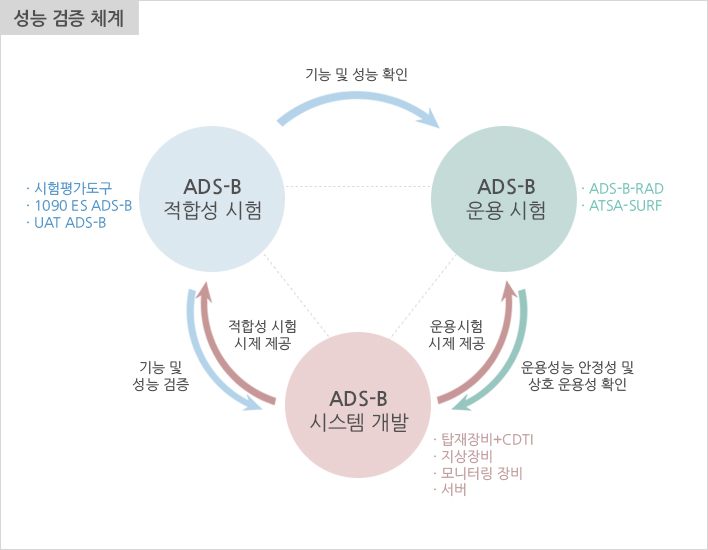
ADS-B system for next-generation aircraft surveillance has the following specifications:
[ADS-B Equipment (1090ES)]
| Reception Range | 200NM |
| Target Capacity | 400 simultaneous targets |
| Latency | < 250 ms |
| Sensitivity | -88dBm(90% SMR) |
| Dynamic Range | -85dBm ~ -10dBm |
| MTBF | 87,600 hour |
| Data Output | ASTERIX Cat. 021, Cat. 023, RAW Data |
| MOPS Compliance | RTCA DO-260B, EUROCAE ED-129 |
| Modulation | PPM(Pulse Position Modulation) |
| Frequency | 1090MHz (±1MHz) |
| Mounting | 19” Rack Mount |
| Dimensions(mm) | 133.35(H) x 482.6(W) x 450(D) |
| Weight | <12Kg |
| Input Voltage | 100~240VAC, 50/60Hz |
| Power Consumption | 70 watts |
| Operating Temperature Range | -5℃ ~ +45℃ |
| Storage Temperature Range | -20℃ ~ +65℃ |
| Humidity | 95% at 65℃ |
| Safety Certifications | EN55022(class B) Radiated Emission IEC 60950 |
| Operational Data | Ethernet 10/100 base T, UDP IP V4 |
| Remote Control | SNMP V2 |
[ADS-B Equipment (UAT)]
| Reception Range | 200NM |
| Target Capacity | 500 simultaneous targets |
| Latency | < 250 ms |
| Sensitivity | -96dBm(90% SMR) |
| Dynamic Range | -90dBm ~ -3dBm |
| Output power | 50W(+47dBm) |
| MTBF | 62,360 hour |
| Data Output | ASTERIX Cat. 021, Cat. 023, RAW Data |
| MOPS Compliance | RTCA DO-282B |
| Modulation | Continuous Phase FSK |
| Frequency | 978MHz (±20PPM) |
| Data rate | 1.04Mbps |
| Dimensions(mm) | 133.35(H) x 482.6(W) x 450(D) |
| Weight | <12Kg |
| Input Voltage | 100~240VAC, 50/60Hz |
| Power Consumption | 100 watts |
| Operating Temperature Range | -5℃ ~ +45℃ |
| Storage Temperature Range | -20℃ ~ +65℃ |
| Humidity | 95% at 65℃ |
| Safety Certifications | EN55022(class B) Radiated Emission IEC 60950 |
| Operational Interface | Ethernet 10/100 base T, UDP IP V4 |
| Control Interface | SNMP V2 |


